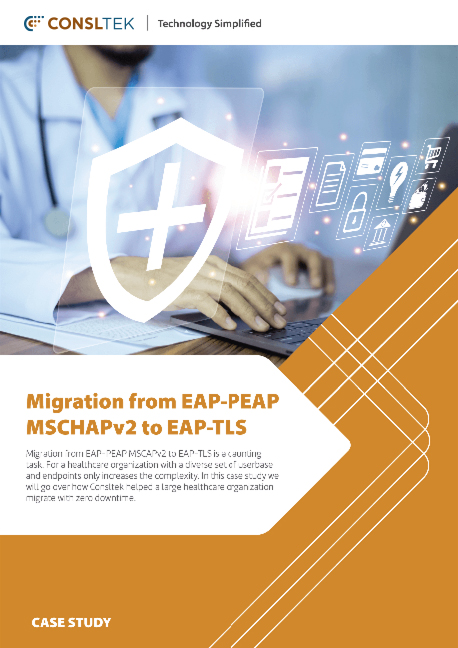As organizations adapt to the evolving landscape of work, the shift towards hybrid models has introduced a myriad of security challenges. With employees accessing corporate resources from various locations—be it home, a café, or the office—the need for robust and flexible security solutions has never been more critical. Enter Secure Access Service Edge (SASE), a transformative approach that integrates networking and security into a single cloud-delivered service. This blog delves into how SASE is reshaping network security, particularly for hybrid workforces, and highlights its key features such as Zero Trust and SD-WAN.
The Shift to Hybrid Work and Its Security Challenges (SASE)
The hybrid work model has become a staple for many organizations, offering flexibility and attracting diverse talent. However, this transition comes with significant security implications. Traditional security frameworks, often reliant on perimeter defenses, struggle to protect dispersed users accessing sensitive data from multiple locations.Key challenges include:
- Expanded Attack Surface: With remote workers accessing corporate networks from various devices and locations, the potential entry points for cyber threats have multiplied.
- Inconsistent Security Policies: Ensuring uniform security measures across different environments can be complex and often leads to vulnerabilities.
- Operational Complexity: Managing multiple security solutions increases overhead and complicates incident response efforts.
Organizations need a solution that not only addresses these challenges but also enhances user experience and productivity.
How SASE Integrates Security and Networking into a Single Solution ?
SASE stands out by converging networking and security functions into a unified platform. This cloud-native architecture allows organizations to provide secure access regardless of where users are located or what devices they are using.Key components of SASE include:
- Secure Web Gateway (SWG): Protects users from online threats by filtering unwanted software/malware from user-initiated web traffic.
- Zero Trust Network Access (ZTNA): Implements a strict identity verification process before granting access to applications, ensuring that only authorized users can access sensitive data.
- Software-Defined Wide Area Network (SD-WAN): Optimizes network performance by intelligently routing traffic based on real-time conditions, which is essential for maintaining seamless connectivity in hybrid environments.
By integrating these functionalities, SASE provides a cohesive security posture that adapts to the dynamic needs of remote workforces.Key SASE Features Supporting Hybrid Work
- Zero Trust Security: The Zero Trust model is pivotal in today’s cybersecurity landscape. It operates on the principle of “never trust, always verify,” ensuring that every access request is thoroughly authenticated and authorized before granting entry. This minimizes the risk of insider threats and unauthorized access.
- SD-WAN Integration: SD-WAN enhances network performance by enabling direct-to-cloud connections and optimizing traffic routes. This not only improves user experience but also reduces latency—critical for applications that require real-time data processing.
- Secure Cloud Access: As businesses increasingly rely on cloud services, SASE provides secure access to these resources without compromising performance. It ensures that employees can safely connect to SaaS applications from any location while maintaining compliance with organizational policies.
- Centralized Management: SASE simplifies operations through a single management interface, allowing IT teams to monitor user activity and enforce security policies consistently across all endpoints.

Real-World Examples and Best Practices
Organizations adopting SASE have reported significant improvements in their security posture. For instance:
- A leading financial institution implemented SASE to secure its remote workforce, resulting in a 25% reduction in security incidents within the first year of deployment.
- A global tech company leveraged SD-WAN capabilities within its SASE framework to enhance application performance, achieving a 20% improvement in network efficiency while reducing operational costs associated with managing multiple point solutions.
Best Practices for Implementing SASE:
- Define Clear Objectives: Establish what you want to achieve with your SASE deployment—be it enhanced security, improved user experience, or operational efficiency.
- Assess Your Current Infrastructure: Understand your existing network architecture and identify areas where SASE can provide immediate benefits.
- Engage Stakeholders Across Departments: Ensure collaboration between IT, security, and business units to align on goals and expectations for the SASE implementation.
In conclusion, as hybrid work continues to redefine how organizations operate, embracing solutions like SASE is essential for maintaining robust network security. By integrating advanced networking capabilities with comprehensive security measures such as Zero Trust and SD-WAN, organizations can navigate the complexities of modern work environments while empowering their employees to work securely from anywhere. The future of network security lies in convergence—making SASE not just an option but a necessity for forward-thinking enterprises.


0 Comments